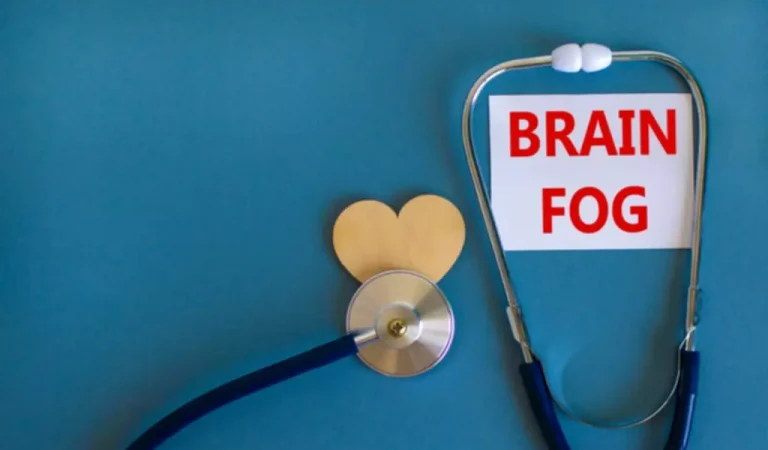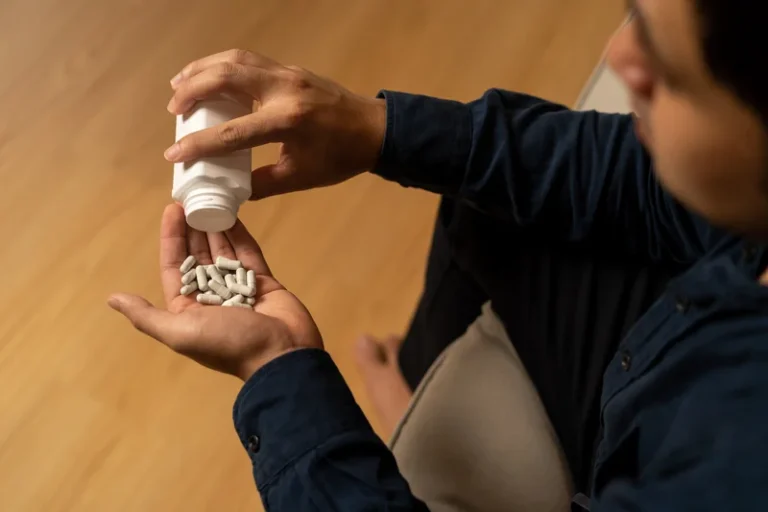
As noted above, a genotype that codes for lower density of dopamine D2 receptors (compared to a parallel functional polymorphism), protects against amphetamine-induced psychosis 198. Treatment with either lithium or valproate reportedly protect against dextroamphetamine-induced alterations of brain choline concentration in patients with bipolar disorder 216. Recent studies in animals have produced evidence for neuroprotection against amphetamine-mediated toxicity by several substances, including nomifensine 217, methyllycaconitine 218, coenzyme Q10 219, baicalein 220 and melatonin 221.

Amphetamine abuse: brief history

The dl-MPH is incorporated into an adhesive in a way that ensures the dosage strength across the patch is uniform. The medication is delivered transdermally and the total dose delivered is dependent upon (1) the size of the patch and (2) the wear time. While the recommended starting dose for patients 6 years and above is 20 mg, in some patients, starting with 10 mg may be prudent. Thus, a starting dose of 10 mg may be more in line with recommended starting doses of MPH IR in this population.
Oral dissolving tablets
- Different properties of these new formulations (delivery modality, onset of action, duration of response, safety, and tolerability) will most likely weigh heavily into the clinician’s choice of formulation.
- Distributed into milk in concentrations 3–7 times maternal blood concentrations.
- Cardiac evaluation should be completed at baseline and on any patient who develops exertional chest pain, unexplained syncope, and any symptom of cardiac disease during treatment with stimulants.
- With amphetamine metabolism processes, the body’s pH levels affect amphetamine half life times.
- Quillivant XR can be taken with food as the presence of food appears to have no impact on overall exposure to MPH.
- Use during pregnancy only if the potential maternal benefit outweighs the potential fetal risk.
- The dl-MPH is incorporated into an adhesive in a way that ensures the dosage strength across the patch is uniform.
Acidification of the urine increases amphetamine excretion, but is believed to increase risk of acute renal failure if myoglobinuria is present. If acute, severe hypertension complicates amphetamine overdosage, administration of intravenous phentolamine has been suggested. However, a gradual drop in blood pressure will usually result when sufficient sedation has been achieved. Chlorpromazine antagonizes the central stimulant effects of amphetamines and can be used to treat amphetamine intoxication.
How Long Do Amphetamines Stay in Your System? – In Your Blood, Urine, Hair & Saliva

When slowed in pill or tablet form, they will typically take about half an hour to begin to take effect, as they must first be absorbed in the intestines. When injected or snorted, amphetamines kick in much faster, generally within a few minutes. Amphetamine-related toxicity requires management by controlling life-threatening central nervous system and cardiovascular signs in a quiet environment. Hospital supportive care includes monitoring the airway, breathing, and circulation. Agitation and seizures are controllable with benzodiazepines, phenothiazines, pentobarbital, and propofol.
- This may be particularly helpful for young children who are resistant to taking the medication.
- Store at 20°C to 25°C (68°F to 77°F); excursions permitted from 15ºC to 30ºC (59ºF to 86ºF).
- Adhansia XR has been shown to be effective in reducing ADHD symptoms in children, adolescents, and adults within the suggested dose range.
- In addition to the obvious value of solutions and chewable tablets in this population, IR tablets can be crushed and mixed with food as well.
- Peak plasma concentrations are usually achieved 5 hours later, with a steady decline in plasma levels after that is achieved.
- Addiction to these drugs is devastating for interpersonal relations and adversely impacts work life.
Amphetamine Drug Saliva Tests

Her TEDx talk, « The Secret of Becoming Mentally Strong, » is one of the most viewed talks of all time. Adderall XR has not been evaluated for use in children under 6 years of age or in older adults. You should only decrease your dose or discontinue your medication under the supervision of your physician. Your safest option may be to keep your medication in https://ecosoberhouse.com/ its original, prescribed container and ensure that you travel with roughly the amount you need—don’t bring a large number of extra doses. If you plan to fly, you should keep your medication with you in a carry-on bag or purse, rather than checking it. Since Adderall XR is a controlled substance, you should consider planning ahead if you need to travel.
Amphetamine abuse: developmental stage influences risk
LDX has been shown to be effective in reducing ADHD symptoms in children, adolescents, and adults. Doses between 30 and 70 mg result in significant improvements in ADHD symptoms on standardized measures of response and this response is maintained from 1.5 (onset of action) to 13 hours (duration of action) postadministration. Clinical response appears to be maintained over time in long-term follow-up studies in children and adolescents. The recommended starting dose is 2.5 or 5 mg once daily for children older than 6 years. The dosage may be increased in increments of 2.5 mg to 10 mg/day every 4–7 days until an optimal response is obtained.
If bothersome adverse reactions appear (e.g., insomnia or anorexia), dosage should be reduced. Give first dose on awakening; additional doses (1 or 2) at intervals of 4 to 6 hours. Zenzedi is indicated for treatment of narcolepsy and ADHD in children, adolescents, and adults. In pediatric patients from 3 to 5 years of age, recommended starting half life of amphetamines dose is 2.5 mg daily. It is recommended that daily dosage be raised in increments of 2.5 mg at weekly intervals until optimal response is obtained. In patients older than 6 years, an initial dose of 5 mg once or twice daily is recommended with a titration schedule of 5 mg at weekly increments until optimal response is achieved.
The authors present evidence, however, that low-dose antipsychotic treatment may reduce or prevent sensitization in chronic stimulant users. After the first occurrence, paranoid symptoms can be invoked by psychosocial stress, but also readily reappear after amphetamine injection. This behavioral sensitization is thought to be mediated by catecholaminergic supersensitivity. Amphetamines produce objective improvement in 65%-85% of patients with narcolepsy 21. However, while clinical comparison trials have not been conducted, meta-analysis suggests that daytime wakefulness is improved in more narcoleptic patients by amphetamines (80%) than by either modafinil (55%) or methylphenidate (70%) 22.
